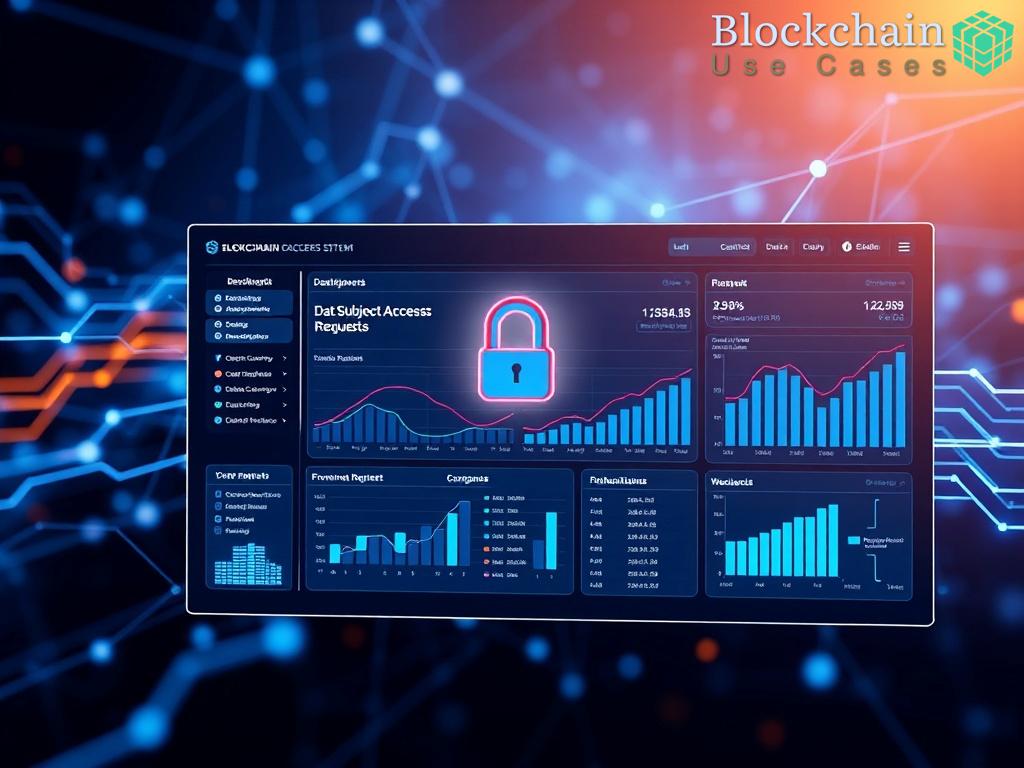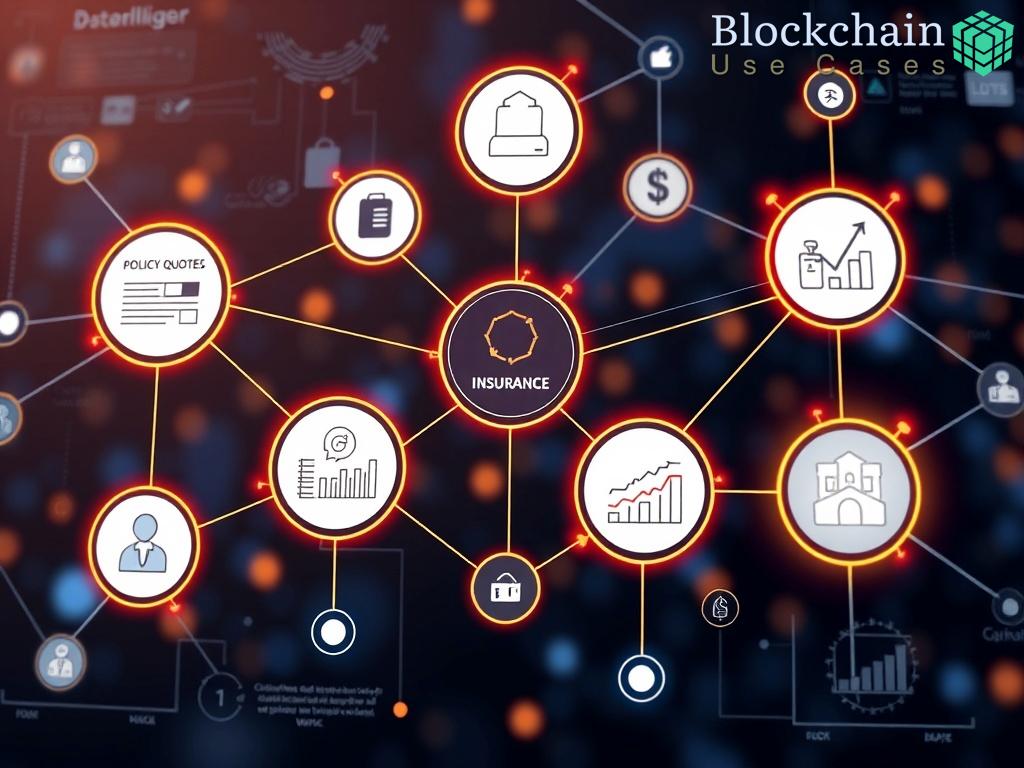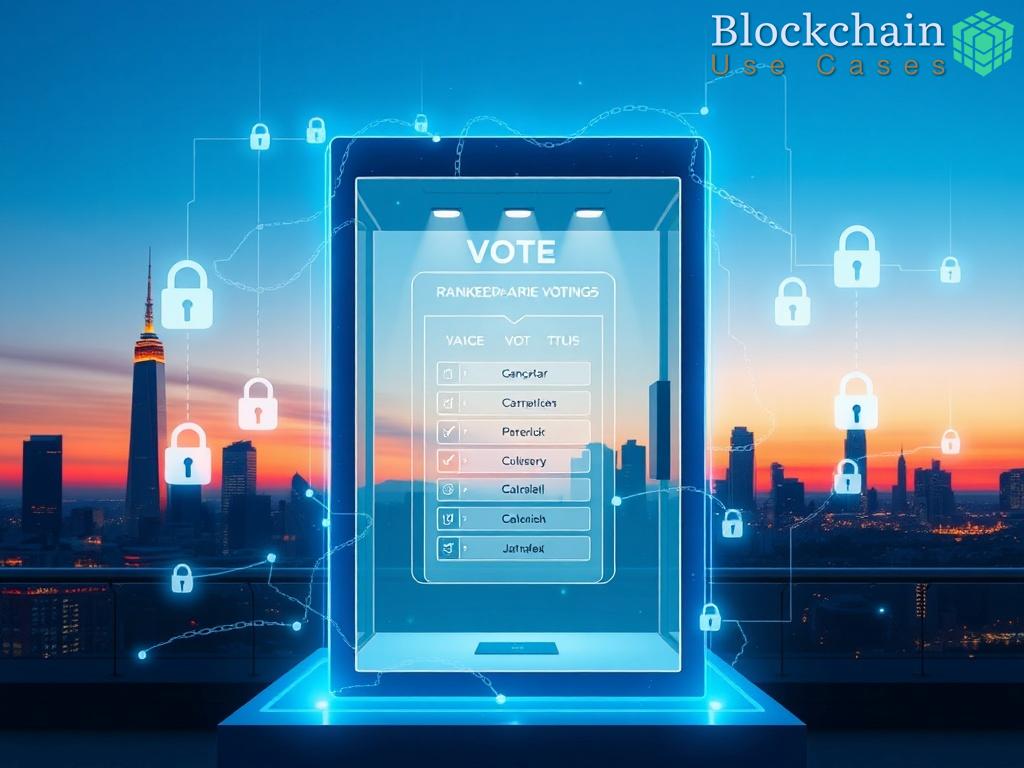Enhancing Election Integrity Through Blockchain Technology
The integrity of elections is a cornerstone of democratic societies. However, the increasing concerns surrounding electoral fraud, lack of transparency, and the potential for manipulation have raised alarms among citizens and policymakers alike. Blockchain technology, with its decentralized and immutable nature, presents a promising solution to these challenges. By leveraging this innovative technology, election processes can be transformed into a more transparent, secure, and trustworthy system.
Understanding how blockchain technology can be applied to electoral processes requires a grasp of its fundamental principles. At its core, blockchain is a distributed ledger that records transactions across many computers in a manner that ensures the data cannot be altered retroactively. This characteristic ensures that once a vote is cast, it becomes part of a public record that is nearly impossible to tamper with. By integrating blockchain into the election framework, several advantageous features emerge:
- Transparency: Every transaction (or vote) can be viewed and verified by anyone, fostering openness in the electoral process.
- Immutability: Once recorded, votes cannot be changed or deleted, ensuring the integrity of the election results.
- Decentralization: No single entity controls the entire system, reducing the risk of manipulation or fraud.
- User Authentication: Voters can authenticate their identities securely, preventing unauthorized voting.
To fully appreciate the benefits of incorporating blockchain into election processes, it is critical to compare traditional election methods with blockchain-enhanced systems. The following table outlines key differences:
| Feature | Traditional Elections | Blockchain Elections |
|---|---|---|
| Vote Recording | Centralized databases prone to hacking | Decentralized, secure ledger |
| Transparency | Limited access to data post-election | Publicly accessible, verifiable records |
| Voter Authentication | Manual and often flawed | Cryptographic verification |
| Result Finality | Can be contested without clear evidence | Immutable records provide conclusive outcomes |
Real-Time Voter Verification and Tracking Systems
In the context of runoff elections, ensuring that every eligible vote is accounted for and verified is paramount. The integration of blockchain technology into voter verification and tracking systems can significantly enhance the electoral process. By providing real-time data and secure verification methods, voters can feel confident that their voices are being heard accurately and transparently. Leveraging these systems not only fortifies public trust but also streamlines the electoral procedure, making it more efficient and reliable.
Empowering Voters Through Decentralized Verification
The traditional methods of voter verification often involve cumbersome processes that can lead to delays and potential errors. However, with a blockchain-based system, the verification of voter identities becomes both instantaneous and highly secure. Each voter can be uniquely identified through cryptographic keys, which ensures that their identity is not only verified but also protected against potential fraud. This decentralized approach diminishes the risks associated with centralized databases, where data breaches could compromise voter information, thereby undermining the integrity of the election.
Tracking Votes with Immutability and Transparency
One of the most compelling aspects of blockchain technology is its ability to provide transparency without sacrificing privacy. As votes are cast in real-time, they are recorded on an immutable ledger that anyone can access to verify the results. This immediacy allows for the tracking of ballots from the moment they are cast until they are counted, ensuring that voters can independently confirm that their votes have been recorded accurately. In this way, blockchain not only enhances the security of the electoral process but also promotes a culture of accountability and openness, which is essential for democratic governance.
Furthermore, by employing sophisticated algorithms, election officials can monitor the voting process, identifying any anomalies that may indicate fraudulent activity. The combination of real-time tracking and immutable records makes it exceedingly difficult for any individual or group to manipulate the outcome without detection. Such capabilities not only dissuade potential wrongdoers but also reassure the public that measures are in place to protect the sanctity of their votes.
Decentralized Ledger Solutions for Vote Storage
The advancement of blockchain technology offers a revolutionary approach to the management of runoff elections, particularly in how votes are stored and managed. The essence of a decentralized ledger lies in its ability to distribute data across multiple nodes, ensuring that no single entity has full control over the electoral data. This not only enhances security but also bolsters public confidence in the electoral process.
Innovative Storage Mechanisms
At the heart of decentralized ledger solutions is the concept of distributed storage, where each vote is recorded on a network of computers rather than a central database. This multi-node architecture minimizes the risks associated with data breaches and manipulation that have plagued traditional voting systems. By employing cryptographic techniques, each vote can be securely stored, ensuring that it remains confidential while being verifiable by authorized parties.
Key Benefits of Decentralized Voting Storage
Implementing decentralized ledger solutions for vote storage carries numerous benefits that can significantly enhance the integrity of runoff elections. Below is a comprehensive overview of these advantages:
- Enhanced Security: The distributed nature of blockchain makes it incredibly difficult for malicious actors to alter or delete votes, thereby preserving the integrity of the electoral process.
- Improved Accessibility: Voters and election officials can access real-time data on vote counts and statuses, ensuring transparency throughout the election.
- Increased Voter Trust: The immutable nature of blockchain records cultivates public confidence, knowing that their votes are securely stored and protected from tampering.
- Efficient Audit Processes: With every vote recorded on a public ledger, audits can be conducted more swiftly and effectively, reinforcing the credibility of the election outcomes.
As societies strive for more transparent and trustworthy electoral systems, the adoption of decentralized ledger solutions for vote storage emerges as a vital step forward. By leveraging the inherent strengths of blockchain technology, runoff elections can achieve a level of transparency and security that aligns with the democratic values we hold dear.
Smart Contracts for Automated Election Processes
In the quest for more efficient electoral processes, smart contracts emerge as a pivotal innovation within the blockchain ecosystem. These self-executing contracts, with the terms of the agreement directly written into code, facilitate various aspects of the election process without the need for intermediary oversight. By automating critical functions such as vote counting, result tabulation, and even voter registration, smart contracts drastically reduce the potential for human error and operational delays. This level of automation not only accelerates the election timeline but also ensures that processes remain consistent and transparent throughout.
The application of smart contracts in runoff elections goes beyond mere efficiency; it also plays a crucial role in ensuring compliance and integrity. Each contract can be programmed with specific regulations and eligibility criteria that must be met for a vote to be counted. This automated governance mechanism effectively minimizes the potential for fraud, as any deviation from the set rules can trigger alerts or halt processes. By embedding regulatory compliance into the very fabric of the election system, smart contracts foster a trust-based environment where voters can be confident that their rights are protected and their votes are valid.
Another significant benefit of utilizing smart contracts in elections is the enhancement of transparency and voter engagement. With all transactions recorded on the blockchain, each step of the electoral process—from voter registration to final vote tallying—is publicly accessible and verifiable. Voters can track their ballots in real-time, ensuring that they are aware of their voting status. This visibility not only promotes accountability among election officials but also encourages greater participation from the electorate, as citizens feel a more direct connection to the electoral process. By fostering an environment of transparency and engagement, smart contracts empower voters, making them active participants rather than passive observers in their democracy.
Mitigating Fraud Risk in Elections with Blockchain
The introduction of blockchain technology into the electoral framework is not merely a technological upgrade; it represents a paradigm shift in how trust and integrity are established within the election process. By employing blockchain, elections can achieve a level of security that significantly reduces the risks of fraud, manipulation, and misinformation. This innovative approach addresses the challenges that have historically plagued electoral integrity and restores faith in democratic processes.
One of the most compelling advantages of blockchain technology lies in its robust security features. Each transaction recorded on the blockchain is encrypted and linked to the previous transaction, creating a secure chain of records that is incredibly difficult to tamper with. This natural resistance to hacking and fraud is paramount when it comes to safeguarding the electoral process.
With blockchain, every vote is treated as a secure transaction that is validated by multiple nodes within the network. This decentralized validation process ensures that any discrepancies are immediately identifiable, providing a transparent mechanism for verifying the authenticity of each vote. Consequently, the likelihood of fraudulent votes being counted is drastically diminished.
Fraudulent voting often stems from inadequate identity verification processes. Traditional systems may rely on outdated methods that can be easily manipulated. In contrast, blockchain technology offers sophisticated cryptographic verification techniques that can uniquely identify voters without compromising their privacy.
Through the use of digital identities stored on the blockchain, voters can access a secure platform to authenticate their identities before casting their votes. This not only mitigates the risk of impersonation but also ensures that each individual is entitled to one vote, a fundamental principle of democratic elections. The results are a more equitable and fair voting process, where each legitimate voice is counted accurately.
Integrating smart contracts within blockchain systems further enhances the ability to detect and prevent electoral fraud. Smart contracts can be programmed with specific regulations that govern the voting process, instantly flagging any actions that deviate from established norms. For example, if a vote is cast outside the allowed time frame or if a duplicate vote attempt occurs, the smart contract can automatically halt the process and alert election officials.
By automating these compliance checks, blockchain not only streamlines the electoral process but also creates a proactive framework for fraud detection. This minimizes the opportunities for fraudsters to exploit loopholes, thus fortifying the integrity of the election.
In summary, the incorporation of blockchain technology into runoff elections stands as a robust solution to mitigate fraud risks. The combination of secure voting transactions, advanced identity verification, and proactive fraud detection mechanisms creates a comprehensive strategy that reinforces the integrity of democratic processes.


















